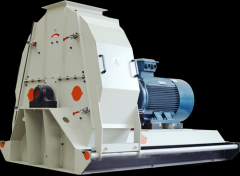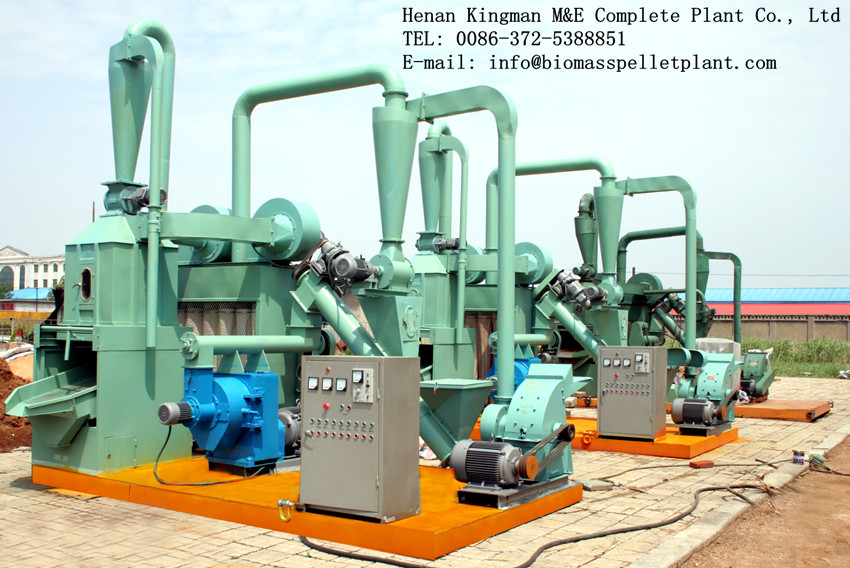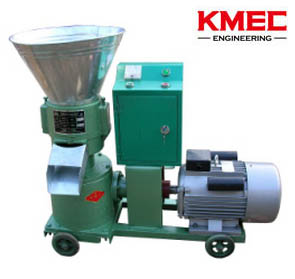The US Biomass Pellet Market and Development Part One
1. The US biomass pellet market policy and regulatory context
Energy consumption in the United States is projected to require an increasing portion of its renewable energy sources including biofuel, among which are wood, and agricultural biomass. Goals set by federal agencies will drive an increasing demand for biomass. The EIA projections estimate that renewable energy produced by 2035 will be 10% of all U.S. energy consumption. Further analysis of the biofuel consumption in the US shows that of the renewable energy sources excluding biofuel, nearly 30% are wood or biomass waste. This equates to ~2% of the total energy consumption in the US coming from biomass in 2009, and the projections for 2035 show a strong increase in this amount. As of 2009, biomass energy production has equated to ~2–2.5 quadrillion Btu. The EIA projections also show coal as providing 21% of energy consumed. If biomass is blended at 20% to co-fire coal plants, this will result in an additional 4 quadrillion Btu of biomass consumption. The EISA goals aim to produce 16 billion gal/year of cellulosic biofuel, and the US military has set goals for biofuel production. The Air Force has proposed to replace 50% of its domestic fuel requirements with alternative fuels from renewable sources by 2016. The Navy has likewise set a goal to provide 50% of its energy requirements from alternative sources. The Department of Energy (DOE) has set similarly ambitious goals. The DOE goal is to replace 30% of 2004 gasoline use with biofuel. This equates to ~60 billion gal/year, of which 45 billion gal/year would be produced from lignocellulosic resources. This would require 530 million dry tons of herbaceous and woody lignocellulosic biomass per year. A study conducted by the DOE estimates the total available biomass in the US, including crop residue, purpose-grown energy crops, and forest resources at over one billion dry tons annual production capacity. A similar study by the National Academy of Sciences estimates a total of 416 million tons. If a conservative estimate of possible biomass sources were taken to be ~700 million dry tons, this would result in a potential energy production of 12.75 quadrillion Btu.
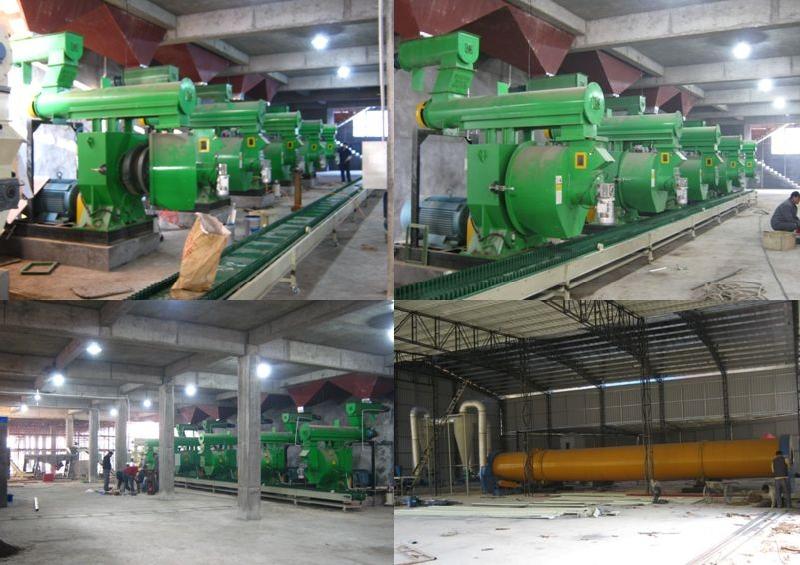
In order to meet the increasing demand on biomass for energy use, biomass must be economically transportable, uniform in its handling properties, and meet conversion specifications. The Feedstock Logistics Interagency Working Group of the Biomass Research and Development Board recommended in their 2011 report, among other things, that supply systems are required to increase feedstock bulk density to make biomass for energy production economically viable. If biomass is to be transported more than 200 miles from the point of collection, it will only be economically viable if the bulk density of the biomass is sufficiently high. Pelleting biomass is a primary technology currently in use for increasing biomass bulk density, and enables economic long distance transportation of biomass for energy production. Pelleting also provides a means of ensuring uniformity in biomass properties delivered to the end user. It allows a variety of feedstock materials, in a variety of raw forms, to be made uniform and standardized, resulting in the necessary commodity product characteristics that will enable national and international markets to utilize biomass. This report considers the consumption and export of pellets in the US, raw material availability in the US, the current pellet production and capacity, including proposed pellet plants. It also considers end use of pellets produced in the US, energy prices and economic drivers for use of biomass pellets, and some future projections for the US pellet industry.
READ: THE US TOPS THE GLOBAL PELLET CAPACITY
2. Raw Material
There are many underutilized sources of biomass in the US that could be collected, pelletized, and used for energy production. The predominant source currently used for pellets in the US is sawmill residue, followed by chips and round wood, depending on the capacity of different plants. Primary mill residue in the nation yielded 77 million dry tons/year (85 million tons/year). Of that total, 1.61 million tons (1.77 million tons) went unused and were burned as waste or disposed of in landfills. An analysis of available crop residue in the US, excluding residue necessary for soil health, grazing, and other uses, and based on total grain production, shows over 157 million tons of residue that could be collected. Further analysis of available production potential in the US estimates the total potential biomass production is just over 1.3 billion dry tons. In a similar study, the National Academy of Sciences estimated that the total current production capacity is 414 million tons annually, with a projected increase to 548 million tons/year by 2020. This study included agricultural residue, dedicated fuel crops, woody residue, animal manure, and municipal solid waste. In a biomass resource assessment update recently released by the Department of Energy, baseline yield assumptions identified over 134 million tons/year at <$40 per dry ton and over 252 million tons/year at <%60 per dry ton in 2012. These estimates increase in 2030 to 238 million tons/year at <$40 per dry ton and 760 million tons/year at <$60 per dry ton. The study identified the contributions from forest residues/waste, agricultural residues/waste, and energy crops. The contribution mix has been changing dramatically since 2012, where no energy crops are available until at least 2017, but by 2030, over half the supply will come from energy crops.
READ: HOW TO START A PELLET PRODUCTION LINE
3. Production and Capacity
Most pellet plants in the US in 2009 were small, relying on sawmill residue outputs for fiber and thus were typically limited to 100,000 tons or less per year. The reliance on sawmill residues led to imbalances between supply and demand for biomass as the sawmilling sector retrenched in the 2008–2009 recession. This led pellet mills to turn to round wood or other non-sawmill sources of biomass. In 2008, wood pellet production in the United States massed 1.8 million tons, just 66% of capacity as a result of limited mill residue availability that constrained plant activity output. There are nearly 100 pellet plants currently across the US. A number of new mills have been built recently to process chipped round wood. Their independence from the sawmill industry has allowed a focus on export of wood pellets, and some of the newer pellet production lines have capacities of 300,000–400,000 tons/year. In 2009, the US pellet industry was projected to have a total capacity of over 4.3 million tons, and recent additions have brought total capacity to around 6 million tons. The wood pellet industry and use of wood pellets as energy are in their relative infancy in North America, and the recent growth of both has been fueled by increases in the cost of fossil energy as well as government policies that will continue to shape the renewable energy market. Policies aimed at reducing carbon dioxide emissions also will impact rising pellet production in the future. In order to support the increase export demand, a number of ports in the US are set to expand their capacities. This includes the East River Terminal at the Port of Brunswick in Georgia, Port of Eastport and the port of Portland both in Maine.
READ: BIOMASS PELLET FUEL MARKET AND DEVELOPMENT IN FRANCE
4. Proposed Pellet Plants
As stated above, the US pellet industry has grown rapidly in the past few years, and will continue to expand. More construction and new plants, or expansions will be built to support the push for an increase in renewable energy production. There are nearly 100 pellet plants currently across the US. However, in the US southern region some biomass pellet production lines are moving to round wood for their supply and these pellet lines feature some of the largest mills in the US. Green Circle Bio Energy's 560,000 ton/year capacity plant, for example, is the largest wood pellet plant in the world. Its production is targeted mainly for export to the EU. Magnolia Bio Power, in Georgia also has plans for a plant that, when fully operational, will reach 900,000 tons of torrefied wood pellets annually and produce 30 MWh of electrical power. The first phase was set up in 2011 with the production yield of 300,000 tons.
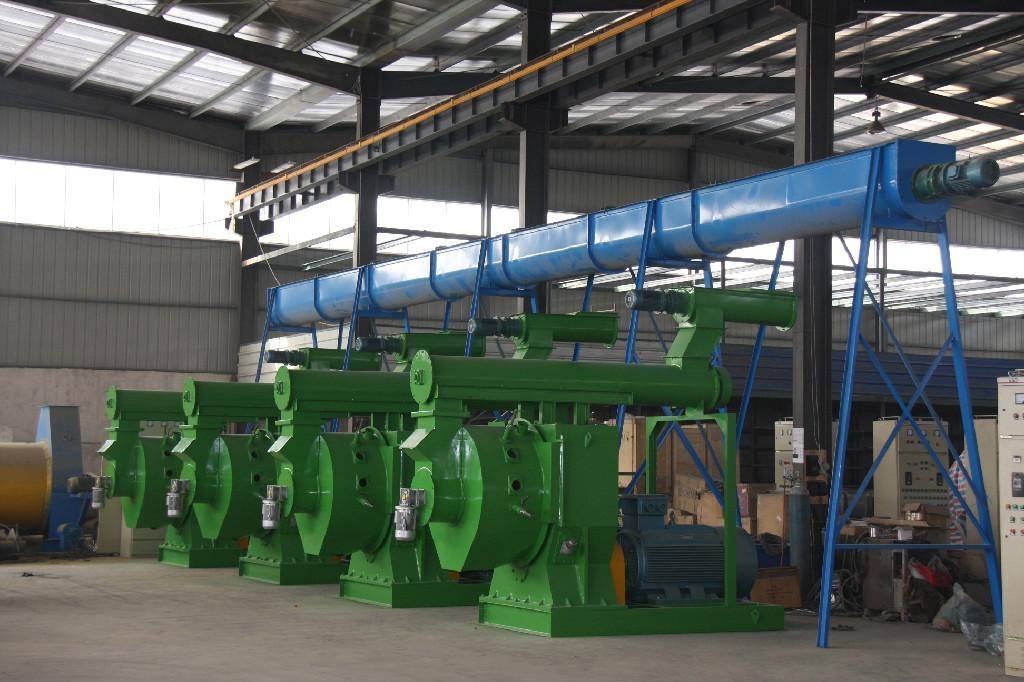
5. Consumption and Exports
Renewable energy represented 8.0 quadrillion Btus of the nation’s 98.0 quadrillion Btu total energy consumption in 2010. In 2009 (the most recent available data) wood and wood wastes generated in primary wood processing mills accounted for a third of the total industrial biomass energy consumption. The US biomass consumption profile had increased 8% from 2008 to 2009 and is forecasted to be the fastest-growing source of electricity through 2035. In 2008, over 80% of pellets produced in the US were used domestically; of the remaining, about 19% were exported to Europe and 0.5% to Canada. By contrast, most Canadian pellets are shipped overseas. The demand for biomass pellets in Europe has been rapidly increasing in recent years. In 2005, the EU experienced a 16% growth in electricity produced from biomass. This growth is expected to continue, which is attracting US industries to expand their production of wood pellets explicitly for export to the EU. The demand in the EU for wood pellets increased 7% in 2010, to 11 million tons. North America has doubled its export volume to Europe over the past few years. In 2010, approximately 1.6 million tons of pellets were shipped from the US and Canada to the Netherlands, the UK, and Belgium respectively, and exports are expected to continue to increase as the EU moves to obtain its mandates of 20% renewable energy by 2020. Growth in North America put pressure on any new pellet production capacity for the Western Canadian Producers; as a result, any extra volumes in the US are directed towards this market rather than towards Europe. More stringent carbon emissions regulations could increase co-firing efforts for coal plants in the US and Europe, resulting in a substantial need for biomass pellets.
To be continued
News
- Small Pellet Machine Manufacturer-Kingman
- Application of Wood Pellets and Use of Biomass Pellets
- From Fossil Fuel into Biomass Pellet Fuel
- Biomass Pellet Making Machines Market
- Applying of pellet stoves for home use
- Highland pellets to build $130 million facility in arkansas
- How to deal with the blocked hammer mill
- How to Make Wood Pellets with Sawdust
- The government policy promotes the development of biomass fuel
- Market analysis of biomass pellet fuel
- Strategic positioning of renewable energy
- Biomass energy has pass through the pre assessment
- The key point of deep processing of biomass pellet
- Harbin is promoting the development of biomass machinery
- The development of biomass formation technology I
- The development of biomass formation technology II
- Biomass energy industry is now going full tilt in 2015
- Rapid increasing demand of sawdust pellet on the market
- Pellet fuel market in EU
- Chinese Biomass Energy Conference held in Beijing
- Future market development of straw pellet mill
- Peanut Shell Pellet Mill Makes High Quality Pellets
- The utilization of straw is only 5%, biomass energy needs our attention!
- Corn straw pellet machine relieves the tight supply of fuel energy
- Reasons for loose or not forming of biomass pellet mill


